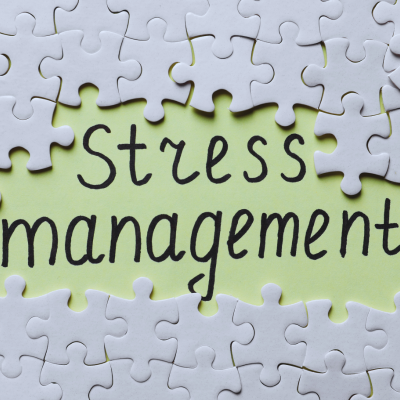In today’s high-pressure world, chronic stress and anxiety have become common challenges for people of all ages. From work deadlines to social expectations and constant digital distractions, our brains are often in overdrive. While traditional treatments like medication and talk therapy have their place, more people are turning to natural alternatives like neurofeedback to find long-term relief.
What Is Neurofeedback?
Neurofeedback, also known as EEG biofeedback, is a cutting-edge technique that trains your brain to self-regulate. It works by monitoring brainwave activity in real-time using sensors placed on the scalp. When irregular patterns—often linked with anxiety or stress—are detected, the system provides feedback (such as visual or auditory cues) to guide your brain back to a more balanced state.
Think of it as a personal trainer for your brain: helping you build healthier mental habits through repetition and positive reinforcement.
How Does It Help with Stress and Anxiety?
When you’re under stress, your brain often operates in high-beta wave patterns—fast and erratic activity associated with fear, worry, and hypervigilance. Neurofeedback helps calm this activity, encouraging the brain to shift into slower, more stable waves (like alpha or theta), which are linked to relaxation and emotional regulation.
Here’s how neurofeedback can support stress and anxiety management:
-
Improves emotional regulation: Regular sessions can help reduce emotional reactivity, making it easier to cope with daily stressors.
-
Enhances self-awareness: You become more attuned to your internal states and can catch signs of stress before they escalate.
-
Promotes deep relaxation: Neurofeedback can train your brain to access calm, meditative states without conscious effort.
-
Reduces overthinking: By quieting the mind, it helps break the cycle of rumination and anxious thought loops.
The Process: What to Expect
A typical neurofeedback session lasts 30–60 minutes. During the session, electrodes are gently attached to your scalp to monitor brainwaves. You’ll then engage with a computer interface—like watching a movie, playing a simple game, or listening to music—that responds to your brain activity. When your brain operates in a desirable pattern, you receive positive feedback. Over time, this helps rewire the brain for better performance and less reactivity to stress.
Most people begin to see results after 10–15 sessions, though a full course may involve 20–40, depending on individual goals.
Natural, Non-Invasive, and Drug-Free
One of the biggest draws of neurofeedback is that it’s completely non-invasive and drug-free. Unlike medications that often come with side effects or dependency risks, neurofeedback works with your body’s natural healing capacity. It supports the nervous system in finding its own balance—without altering brain chemistry externally.
Who Can Benefit?
Neurofeedback isn’t just for those with diagnosed anxiety disorders. It can benefit anyone dealing with:
-
Chronic stress
-
Panic attacks
-
Sleep issues
-
Burnout
-
PTSD
-
ADHD and emotional dysregulation
It’s also increasingly being used by high performers—like athletes and executives—to boost focus and resilience under pressure.
Final Thoughts
Neurofeedback offers a promising, holistic solution to stress and anxiety in a world that often feels overwhelming. By helping your brain function more efficiently, it empowers you to respond to life’s challenges with greater calm, clarity, and confidence. If you’re seeking a natural, sustainable approach to mental wellness, neurofeedback may be the reset your brain has been waiting for.

